7 Middle East Online Payment Methods
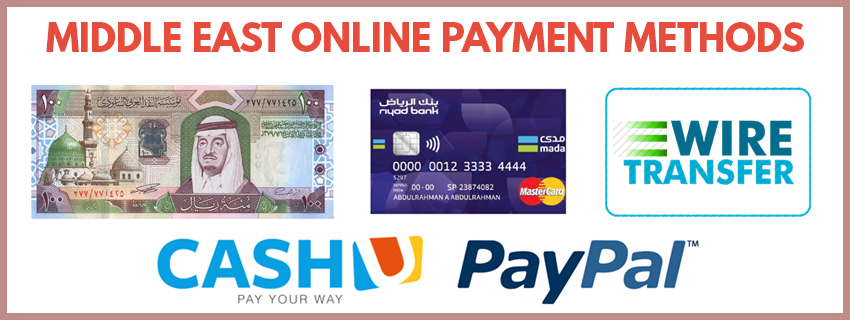 Despite the opulent wealth in many of the Gulf countries, payment methods in the Arab world are still catching up to what they are in many western countries. Many Middle Eastern countries have typically been cash-based societies and the use of credit cards has been a relatively new thing in the region. To add to this laws about interest in the Quran and the Hadith have made it hard for many interest-based payment methods to take hold in the region because they are considered to be against the practices of Islam. In this article I will outline some of the payment methods that are available in the region.
Despite the opulent wealth in many of the Gulf countries, payment methods in the Arab world are still catching up to what they are in many western countries. Many Middle Eastern countries have typically been cash-based societies and the use of credit cards has been a relatively new thing in the region. To add to this laws about interest in the Quran and the Hadith have made it hard for many interest-based payment methods to take hold in the region because they are considered to be against the practices of Islam. In this article I will outline some of the payment methods that are available in the region.
Cash On Delivery
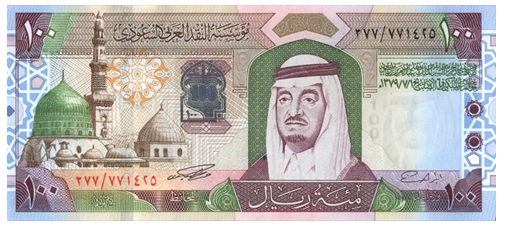 Cash on delivery is probably the most popular payment method in the region. Because of the lack of credit cards in the region cash on delivery has gained popularity as an online payment method among locals. Cash on delivery is also a payment method that allows consumers to see the products they buy online before they actually pay for them. Due to this fact many online retailers in the region say that cash on delivery has a return rate much much higher than any other payment methods. We have seen statistics that say anywhere from 12 to 13 times the number of returns happen with cash on delivery when compared to credit cards. Consumers receive the package open it and often times say they don’t want it and return it immediately. As you can imagine this can be very costly for the e-commerce merchant as they have to pay the delivery cost without receiving any type of reimbursement. This issue has made it so some retailers in the region have chosen not to use cash on delivery, especially when the e-commerce merchant is just getting started.
(more…)
Cash on delivery is probably the most popular payment method in the region. Because of the lack of credit cards in the region cash on delivery has gained popularity as an online payment method among locals. Cash on delivery is also a payment method that allows consumers to see the products they buy online before they actually pay for them. Due to this fact many online retailers in the region say that cash on delivery has a return rate much much higher than any other payment methods. We have seen statistics that say anywhere from 12 to 13 times the number of returns happen with cash on delivery when compared to credit cards. Consumers receive the package open it and often times say they don’t want it and return it immediately. As you can imagine this can be very costly for the e-commerce merchant as they have to pay the delivery cost without receiving any type of reimbursement. This issue has made it so some retailers in the region have chosen not to use cash on delivery, especially when the e-commerce merchant is just getting started.
(more…)
E-Commerce in the Middle East
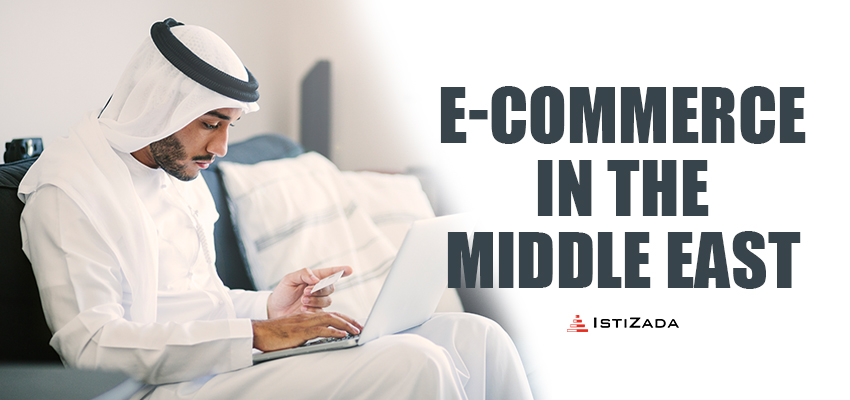 The Middle East is one of the fastest-growing e-commerce markets in the entire world. While it is still nowhere near as developed or complex as the markets in the United States or many countries in Europe, the region is experiencing an undeniable boom. It is estimated that online sales in the Middle East currently equal only a meager 4% of total retail revenue, as opposed to 15% in more developed regions. In the Gulf States, E-commerce revenue is expected to grow at a rate of nearly 11% annually between 2023 and 2027, reaching USD $49.78 billion annually by 2027, up from USD $32.85 billion in 2023. E-commerce in the Gulf States alone was estimated to quadruple from the $5 billion in profits seen in 2015 to $20 billion before 2020. There are some analysts that are even reporting estimated profits of $48.8 billion in 2021. Currently, almost 90% of online goods bought in the Middle East are still shipped from outside countries, but this is changing rapidly. As a result, there is huge potential for e-commerce profit during this modern age in the Middle East. (more…)
The Middle East is one of the fastest-growing e-commerce markets in the entire world. While it is still nowhere near as developed or complex as the markets in the United States or many countries in Europe, the region is experiencing an undeniable boom. It is estimated that online sales in the Middle East currently equal only a meager 4% of total retail revenue, as opposed to 15% in more developed regions. In the Gulf States, E-commerce revenue is expected to grow at a rate of nearly 11% annually between 2023 and 2027, reaching USD $49.78 billion annually by 2027, up from USD $32.85 billion in 2023. E-commerce in the Gulf States alone was estimated to quadruple from the $5 billion in profits seen in 2015 to $20 billion before 2020. There are some analysts that are even reporting estimated profits of $48.8 billion in 2021. Currently, almost 90% of online goods bought in the Middle East are still shipped from outside countries, but this is changing rapidly. As a result, there is huge potential for e-commerce profit during this modern age in the Middle East. (more…)
GCC E-Commerce Statistics – Growth in the GCC
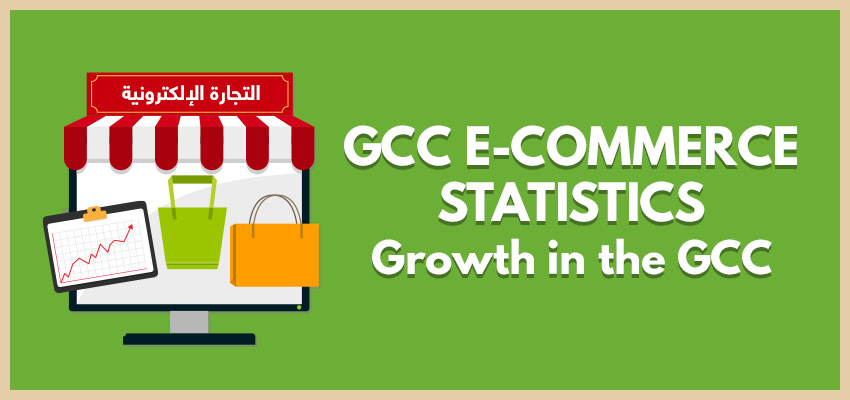 In recent years, the global business community has been abuzz with discussions surrounding the potential of the e-commerce market. Notably, one of the most promising regions displaying significant e-commerce growth is the Gulf Cooperation Council (GCC).
The market size of the e-commerce industry in the GCC in 2021, by country, was as follows:
In recent years, the global business community has been abuzz with discussions surrounding the potential of the e-commerce market. Notably, one of the most promising regions displaying significant e-commerce growth is the Gulf Cooperation Council (GCC).
The market size of the e-commerce industry in the GCC in 2021, by country, was as follows:
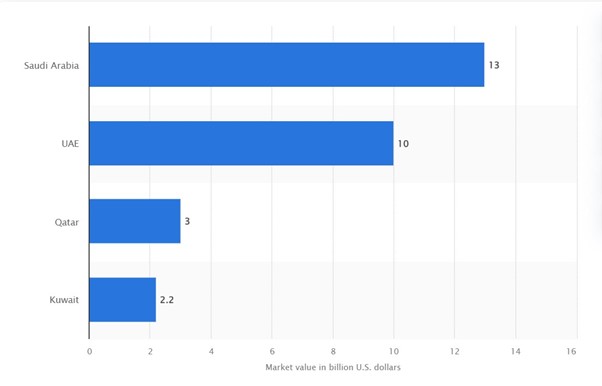 (more…)
(more…)
Saudi Arabia Business Practices Guide
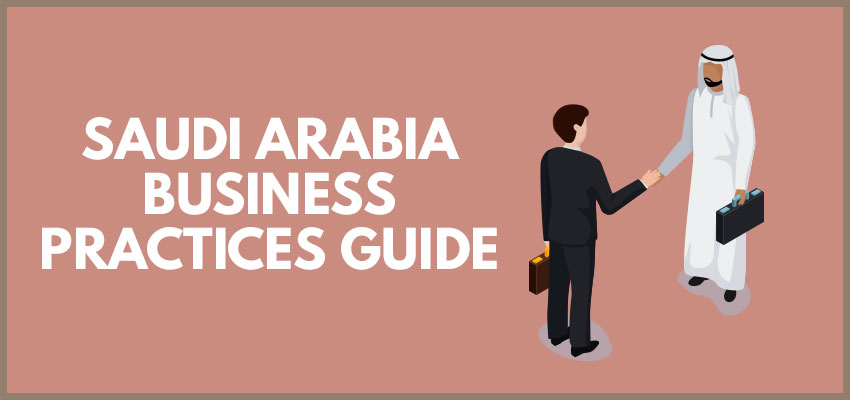 As the global business landscape evolves, it beckons enterprises to explore untapped markets and strategically position themselves for future growth. Standing prominently in the vista of opportunities is Saudi Arabia, the desert kingdom that offers a tantalizing mix of rich heritage, booming economy, and economic reforms. This article delves deeply into Saudi business practices, comparing them with other cultures and equipping enterprises with the insights needed to navigate this promising market.
(more…)
As the global business landscape evolves, it beckons enterprises to explore untapped markets and strategically position themselves for future growth. Standing prominently in the vista of opportunities is Saudi Arabia, the desert kingdom that offers a tantalizing mix of rich heritage, booming economy, and economic reforms. This article delves deeply into Saudi business practices, comparing them with other cultures and equipping enterprises with the insights needed to navigate this promising market.
(more…)
Arab Business Meetings: A Comprehensive Guide
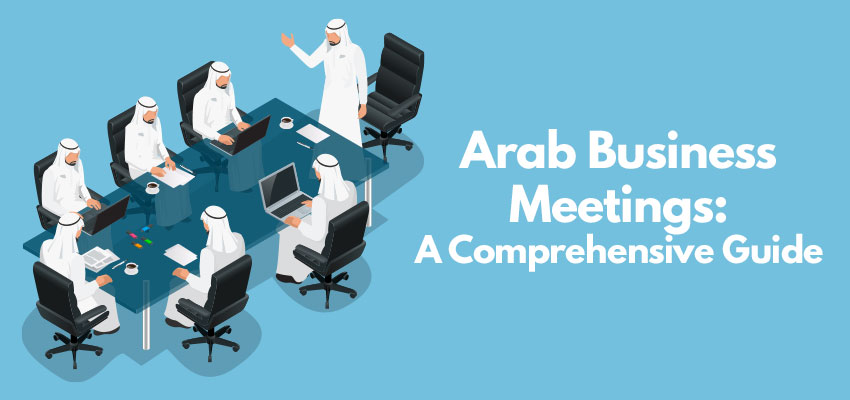 The Middle East is currently a focus for many Western companies looking to expand their reach and take advantage of this region's fruitful opportunities. Conducting business in the Middle East and the Arab World means forging international partnerships and bridging cultural gaps: a solid foundation of cross-cultural understanding and respect should be established to ensure success. IstiZada is here to help - our guide on Arab business meetings will give you a comprehensive overview of what you need to know about making the most of Middle East business meetings.
(more…)
The Middle East is currently a focus for many Western companies looking to expand their reach and take advantage of this region's fruitful opportunities. Conducting business in the Middle East and the Arab World means forging international partnerships and bridging cultural gaps: a solid foundation of cross-cultural understanding and respect should be established to ensure success. IstiZada is here to help - our guide on Arab business meetings will give you a comprehensive overview of what you need to know about making the most of Middle East business meetings.
(more…)
Saudi Arabia Advertising
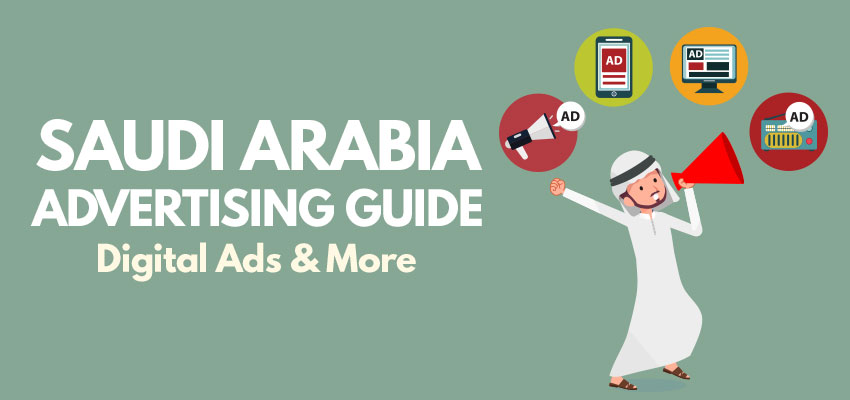 Saudi Arabia’s digital landscape is booming with opportunity due to its young population and high rate of digital connectivity. To help advertisers navigate this market, this comprehensive guide explores key factors critical to Saudi Arabia advertising success, including demographic and cultural considerations, compliance and regulatory processes, and effective paid advertising channels.
Saudi Arabia’s digital landscape is booming with opportunity due to its young population and high rate of digital connectivity. To help advertisers navigate this market, this comprehensive guide explores key factors critical to Saudi Arabia advertising success, including demographic and cultural considerations, compliance and regulatory processes, and effective paid advertising channels.
Demographics and Internet Connectivity in Saudi Arabia
Saudi Arabia is the largest country in the Arabian Peninsula with over 36.33 million inhabitants. With a median age of 30 (9 years younger than the U.S. and 14 years younger than Europe), the Kingdom boasts one of the highest internet adoption rates in the Middle East, with over 99% of the population having internet access. With a high smartphone penetration rate of 92%, mobile devices are an increasingly significant driver of website traffic in Saudi Arabia (72%). Like other countries in the Middle East, there is a low ratio of women to men, with an even smaller percentage of these women active in the workforce. However, due to Crown Prince Mohammed bin Salman’s reforms, women have experienced greater visibility in society over the last 7 years, as they are allowed in public areas without a male guardian, receive a driver’s license, and obtain employment in newly accessible industries. The working female population continues to grow rapidly, reaching 37 percent in 2022, up from 17 percent in 2017. As women’s purchasing power and visibility increase, advertising media should reflect this cultural shift while respecting religious and traditional customs.
Like other countries in the Middle East, there is a low ratio of women to men, with an even smaller percentage of these women active in the workforce. However, due to Crown Prince Mohammed bin Salman’s reforms, women have experienced greater visibility in society over the last 7 years, as they are allowed in public areas without a male guardian, receive a driver’s license, and obtain employment in newly accessible industries. The working female population continues to grow rapidly, reaching 37 percent in 2022, up from 17 percent in 2017. As women’s purchasing power and visibility increase, advertising media should reflect this cultural shift while respecting religious and traditional customs.
Paid Advertising Content
As marketers navigate this dynamic landscape, various paid advertising channels such as pay-per-click (PPC), social media, OOH, and television offer versatile ways to create impactful campaigns that resonate with the audience. In Saudi Arabia, successful advertising campaigns require a localized approach that reflects the language and culture. Since more than 80% of the population speak Arabic and many study English as a second language, creating content in these two languages, along with featuring culturally relevant visuals and references, is crucial. In addition, festive seasons like Eid offer opportunities for creative campaigns that celebrate the country's cultural heritage. In 2023, reports show a 44% increase in customer spending during Ramadan and a 46% increase in spending on Eid Al-Fitr gifts. This increase translates to a significant surge in online activity and app downloads. When asked which factors influenced customers' decision to purchase during Ramadan, 38% of customers preferred brand advertising to be inspired by the spirit of the month focusing on charity, culture, and religion, while 50% centered on promotions and offers. For marketers, this presents a valuable opportunity to leverage paid ad targeting strategies highlighting sales alongside family values, charitable activities, and community bonding. (more…)The Ultimate Eid Al-Fitr Marketing Guide
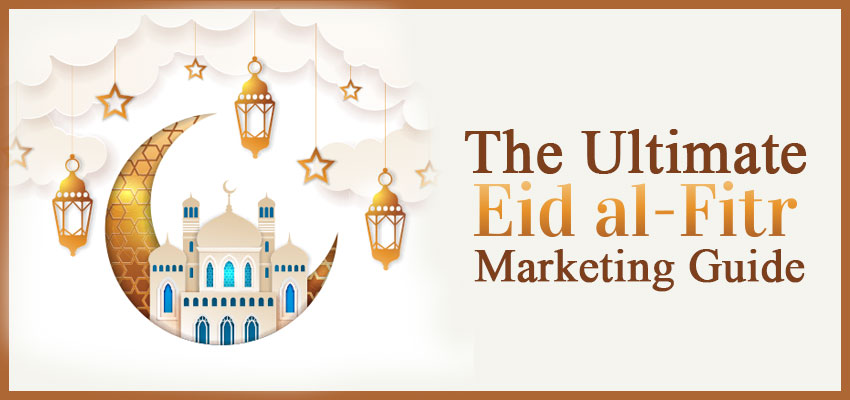
Eid Al-Fitr - What is it?
As one of the biggest Muslim holidays, Eid Al-Fitr presents a great opportunity for marketers to engage with consumers across the Muslim world. By understanding the cultural and religious background of the holiday and the ways in which it is celebrated, marketers will be able to effectively target their approaches to a vast audience of consumers. From the holiday’s history to current market trends, this guide will break down what you need to know about Eid Al-Fitr to make the most of this opportunity. (more…)The Ultimate Eid Al Adha Marketing Guide
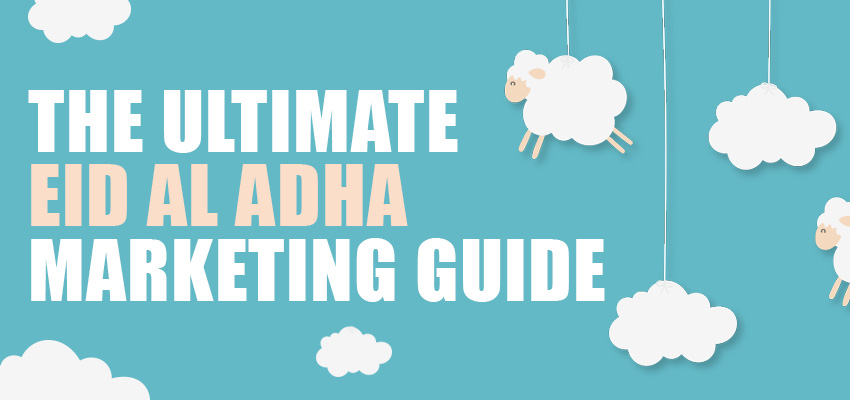 Comparable to almost all major public holidays in the United States such as Easter, Christmas and Thanksgiving, the holiday of Eid Al Adha has created a boom of consumerism across many different industries within the Muslim world. Marketers need to understand how to effectively aim their marketing efforts towards this holiday in order to take advantage of the many
opportunities which accompany it. To successfully reach your target audience, it is important to know the facts that are covered in this guide, as appearing insensitive or ignorant about this holy day could be a damaging mistake for your business. In this all-encompassing Eid Al Adha guide, we will explain what the holiday is and how to maximize your reach towards the Muslim world.
(more…)
Comparable to almost all major public holidays in the United States such as Easter, Christmas and Thanksgiving, the holiday of Eid Al Adha has created a boom of consumerism across many different industries within the Muslim world. Marketers need to understand how to effectively aim their marketing efforts towards this holiday in order to take advantage of the many
opportunities which accompany it. To successfully reach your target audience, it is important to know the facts that are covered in this guide, as appearing insensitive or ignorant about this holy day could be a damaging mistake for your business. In this all-encompassing Eid Al Adha guide, we will explain what the holiday is and how to maximize your reach towards the Muslim world.
(more…)
Top 25 Middle East Ecommerce Websites in Arabic
Ecommerce continues to take over global commerce with every year that passes, and the MENA (Middle East North Africa) region is no different. MENA is a unique region in that it spans three continents- Europe, Africa, and Asia. Its huge diversity in resources, population, and economic development lends the region to both success and interest in e-commerce and online shopping, and while some countries in MENA already have solid e-commerce bases, others are just getting started. Widely, e-commerce is the buying and selling of goods using the internet. Goods can mean anything- from clothing items to wholesale machine parts, to cosmetics, electronics, and more. The convenience and accessibility of e-commerce make it popular with a young population, and nearly 30% of the MENA population are between the ages of 15 and 29. This is a market booming with potential. The market is currently being propelled by three main countries- Egypt, the UAE, and Saudi Arabia, the three of which form cumulatively 80% of the region’s e-commerce market. Though culturally very disparate countries, the digital economies of these three players continue to grow, especially through the novel COVID-19 Pandemic, which further exacerbated the demand for digital commerce worldwide. To provide an overview of the digital economy in the MENA region, we’ve broken the top most-pupular popular e-commerce and shopping websites in the region down in the following article, both regionally and internationally. (more…)
UAE National Day Marketing
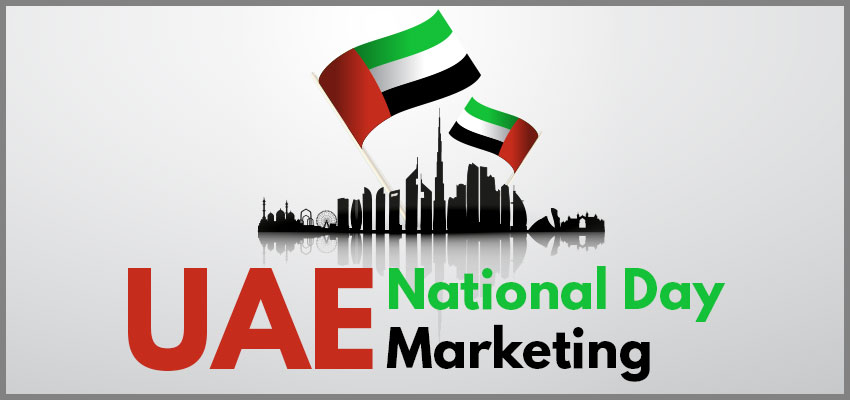 Holidays in the Middle East, just like in other countries around the world, are important times for businesses to bring their A+ marketing games. One of the most notable holidays in the Arab world is the United Arab Emirates’ National Day, and is critical for anyone who does business in the country to know. This important national holiday is associated with heightened purchasing habits, resulting in tremendous business opportunities across the country, so marketers must understand how to effectively position their businesses to best take advantage.
Welcome to the internet’s most comprehensive English language marketing guide about this holiday. To help you optimize your UAE National Day marketing efforts, we provide in-depth background information, must-do steps, and mistakes to avoid.
(more…)
Holidays in the Middle East, just like in other countries around the world, are important times for businesses to bring their A+ marketing games. One of the most notable holidays in the Arab world is the United Arab Emirates’ National Day, and is critical for anyone who does business in the country to know. This important national holiday is associated with heightened purchasing habits, resulting in tremendous business opportunities across the country, so marketers must understand how to effectively position their businesses to best take advantage.
Welcome to the internet’s most comprehensive English language marketing guide about this holiday. To help you optimize your UAE National Day marketing efforts, we provide in-depth background information, must-do steps, and mistakes to avoid.
(more…)
